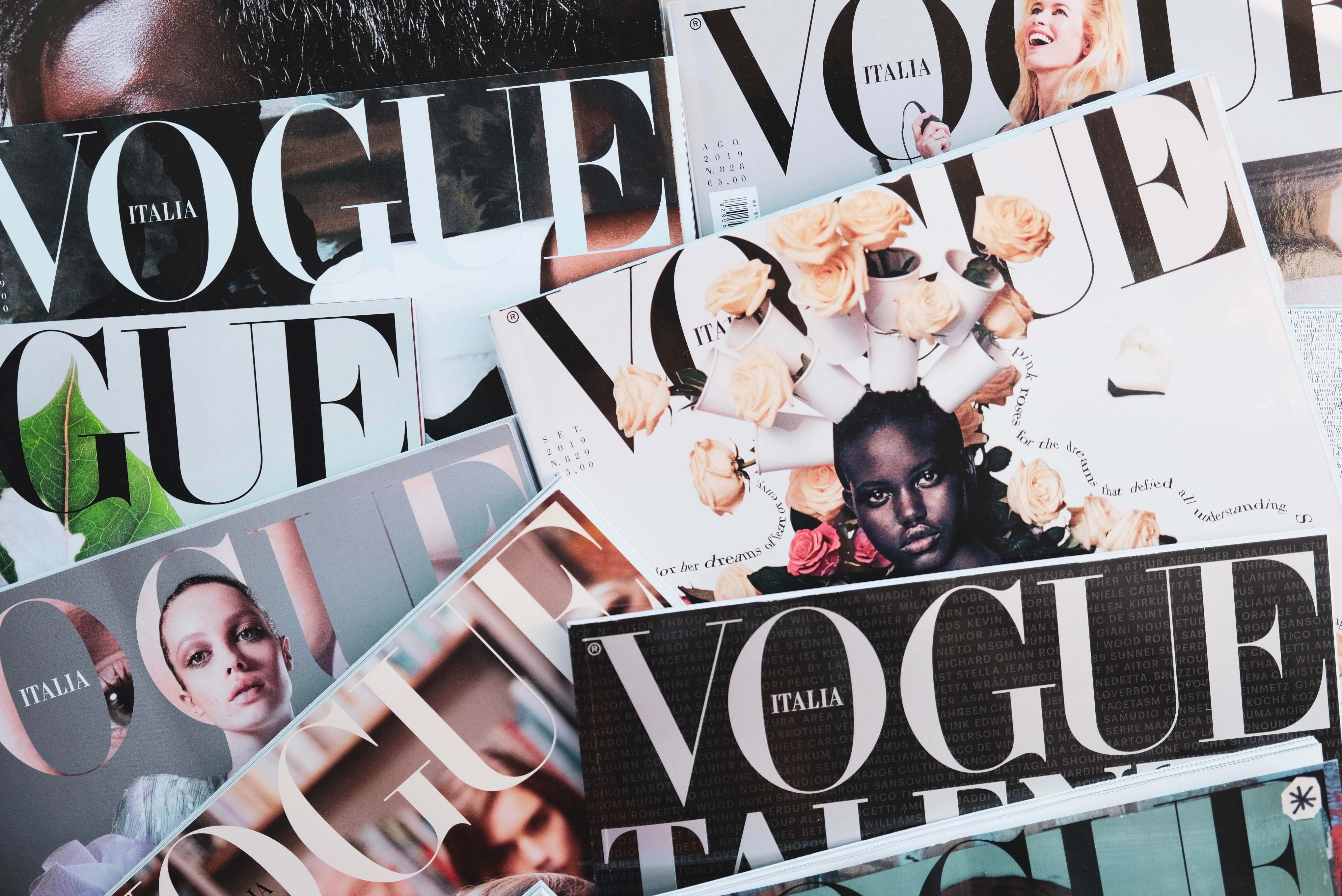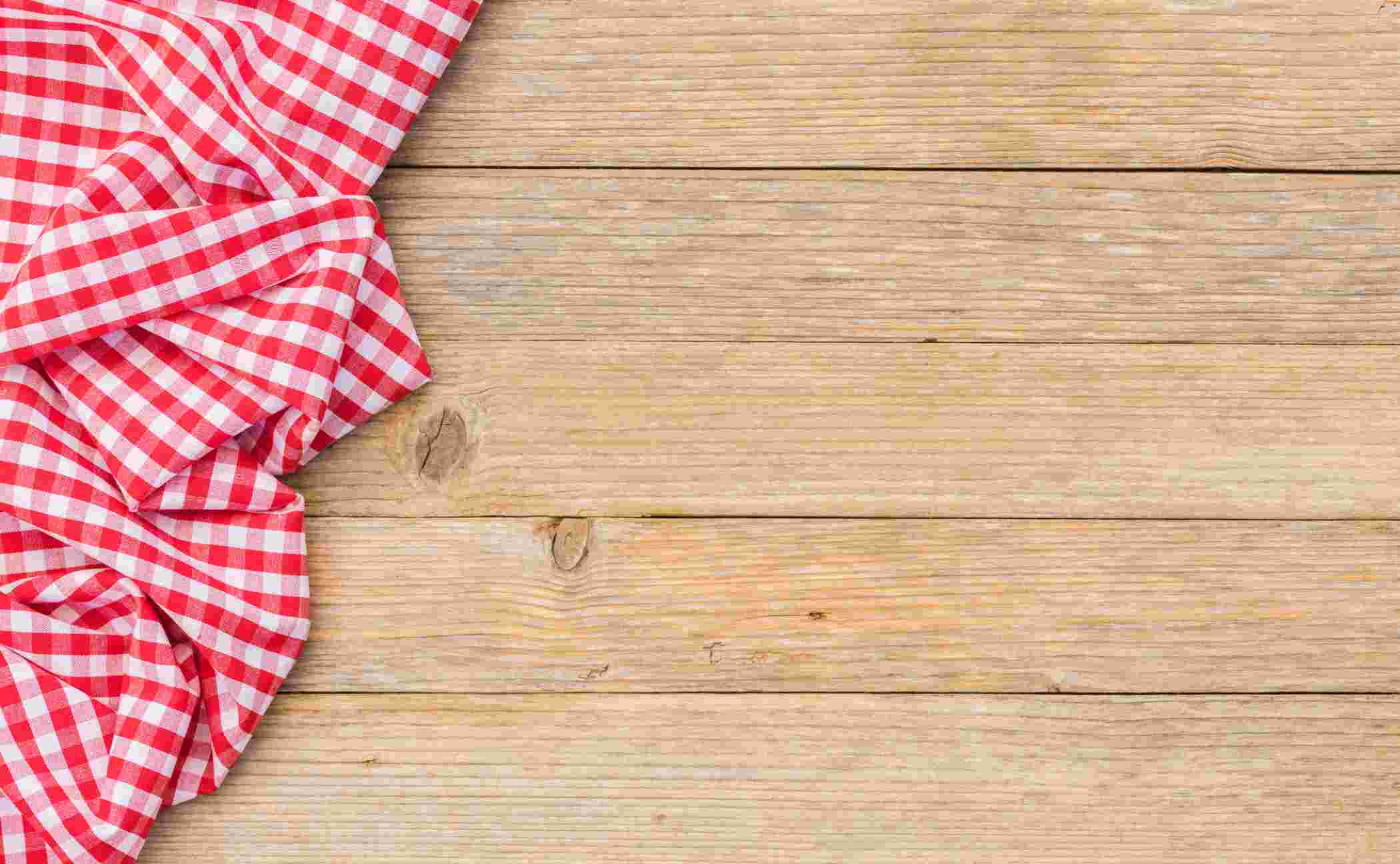Choose the Right Fabric When Designing Your Next Baby Collection

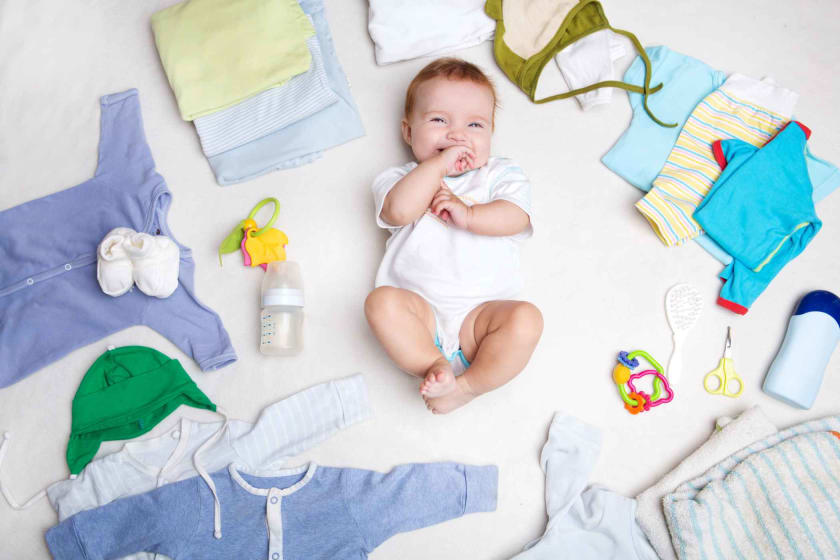

Baby clothing is a thriving industry. Every fashion label these days, from luxury to high street brands, offers baby collections. But does everyone know what goes into designing the right clothes for babies? Since babies have sensitive skin, choosing the right fabric and design for their comfort is key.
Whether it is rompers, onesies or bonnets and mittens, manufacturers need to ensure that they use the right fabric to create the perfect piece of clothing for babies. When choosing clothing materials for a baby, the first and most important requirement is that it should be soft, non-irritating and comfortable.
Comfort and safety are also the most important factors for older infants and kids. Furthermore, the clothing material shouldn’t be too clinging, slippery, or heavy; and it should be breathable. Unless it is occasion wear, the fabric must be able to survive multiple washings, as be resistant to everyday wear and tear.
Unfortunately, many clothing brands sell baby clothes under the guise of "cotton". However, cotton itself comes in many varieties. Uninitiated buyers may be duped into purchasing a seemingly smooth, soft-looking fabric that is terribly unsuitable for kids' clothes – it may become heavily disfigured after the first wash, or become rough and irritate the child's skin.
Worse still, it could be made of synthetic fibers that are very uncomfortable for a child. Even after the first wash, they could discolor easily and lose their shape and form. Though they appear soft at first, they quickly become scratchy and misshapen.
Cotton is the most popular fabric for children's clothing. It meets all of the characteristics such as absorbency, breathability, and comfort. Organic cotton fabrics are even better because they are created in a very eco-friendly atmosphere, and without any chemicals.
Fabrics for newborns come in a variety of alternatives. Cotton and other textiles listed below are commonly used to make infant and older children's clothing. You can find inspiration for your next baby collection from any of the clothing materials listed below:
Cotton
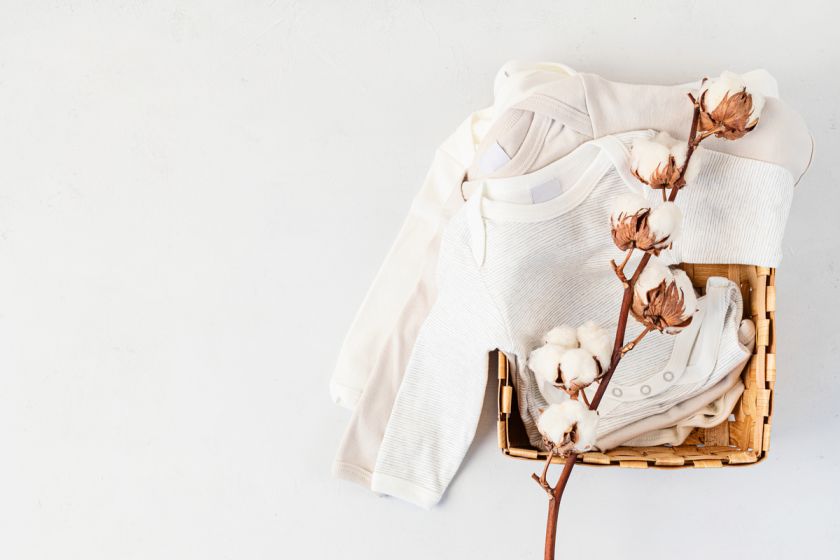
Cotton is the most preferred fabric for baby clothing. It is a soft, absorbent fabric that is soothing on a baby's skin. Organic fabric, particularly organic cotton fabric, is ideal for babies since it is cultivated without the use of chemicals or fertilizers. Rough or synthetic textiles can aggravate allergies and certain skin disorders in babies and toddlers. Organic cotton is a healthy approach to keep children comfortable, especially if they have skin disorders that are exacerbated by harsh dyes and chemicals.
Jersey Knit
Given its wearability, cotton jersey knit fabric is another excellent choice for children's and infant products. Jersey knit is breathable and simple to work with, making it a great choice for even inexperienced sewers. It is pill-resistant and extremely stretchy. As the edges of jersey knit fabric can curl after washing, you can leave the ends unhemmed, giving the cloth a quirky, curled edge that looks fantastic on shirts' sleeves and bottom hems. Jersey knit is also extremely soft, making it an excellent fabric for casual kids clothing.
Bamboo Rayon
Swaddles, blankets, caps, and other baby clothing can all be easily made from bamboo rayon fabric. It's a bamboo-derived rayon material that's incredibly soft but tough. It's gentle on sensitive skin and has thermal-regulation properties, which means it adjusts to a child's body temperature and is less prone to overheating. Bamboo rayon is an excellent material for layering because of this property.
Minky
Minky is a plush polyester knit fabric with a luxurious feel. This fabric is ideal for soft plush creatures and toys, as well as comfortable blankets. It's not as breathable as natural textiles, so keep that in mind when designing dresses for your baby collection.
Fleece
Fleece is a popular fabric for outerwear and blankets because of the warmth it provides. Fleece materials are ideal for babies since they dry rapidly and are exceptionally soft. Fleece is very easy to clean and stain-resistant. You can never go wrong with fleece for cozy homemade apparel and accessories for a baby collection.
Gauze
Another perfect baby clothing material is gauze. This cotton fabric is light and airy, whether you use single or double gauze. It is often used in baby blankets. Single gauze has only one layer, but double gauze has two layers tacked together at regular intervals. This results in a very soft fabric that is highly regarded.
Voile
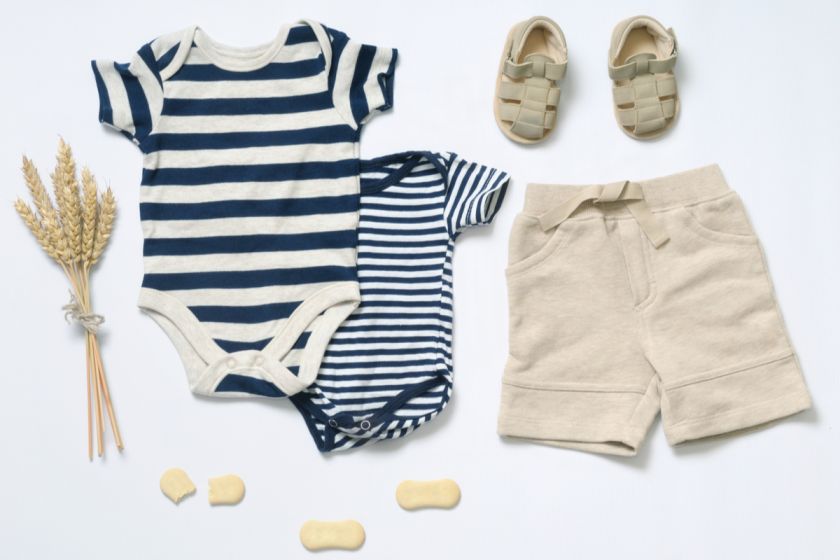
Voile is an almost transparent, gauze-like fabric. Cotton lawn is quite similar to this, although it is thinner, more see-through, and crisper. It is, however, free-flowing. It's an excellent fabric for tops and dresses. The dots are woven into the sheer background of a Swiss voile. As the dots help with pleating and smocking, this is a great clothing material for smocking.
Broadcloth
Cotton or a cotton blend can be used to make this lightweight and silky fabric. The lustrous surface texture of the cotton broadcloth provides a delicate rib impression. This fabric can be used to make gowns and dresses. Many baby clothing manufacturers use this fabric to make small baby tops and dresses with beautiful embroidery.
Muslin
This is a cotton fabric that comes in a variety of weights, ranging from very light to dense and even coarse. The thin muslin is ideal for sewing baby garments, since it is the most breathable fabric available, being made entirely of cotton. Muslin is more commonly used for cloth diaper covers, swaddle clothes and any under clothing.
Batiste
This fabric is a nice cotton open weave fabric. It is not transparent in the same way that voile or grasscloth is. This fabric is quite durable when compared to other cotton fabrics, and it is also extremely comfortable to wear. It's also very popular because of the fabric's lightness.
Waterproof Fabrics
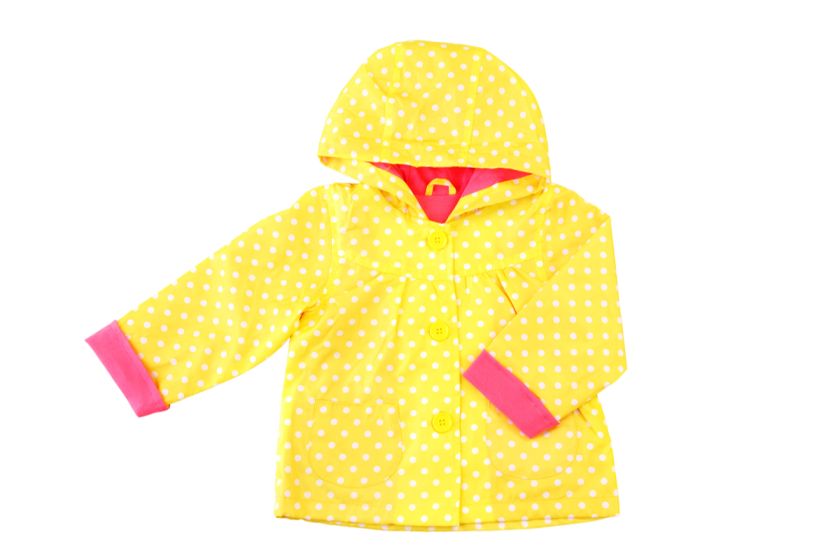
If you are manufacturing cloth diapers, washable bed pads, or any other waterproof fabrics, you could consider polyurethane laminated polyester. But remember that if the fabric you use isn't breathable, the child will be uncomfortable.
Wrapping Up
Many manufacturers adorn baby clothing with attractive printed polyester and nylon fabrics or sequinned knits. They also add embellishments like synthetic lace and so on.
Remember that children's skin is extremely sensitive, and they don't care if the dress they are wearing dazzles others. The fabric you choose has a big impact on how a child feels. So, if you are planning to launch your next baby collection, choose the right clothing material wisely, rather than succumbing to the synthetic brigade's allure.
If you are looking for a partner to manufacture your next baby collection, you can reach out to Fashinza. We help clothing brands manufacture their collections by connecting them with the right suppliers. Moreover, we overlook the entire production process from design to delivery. To find out more, get in touch with us today.















